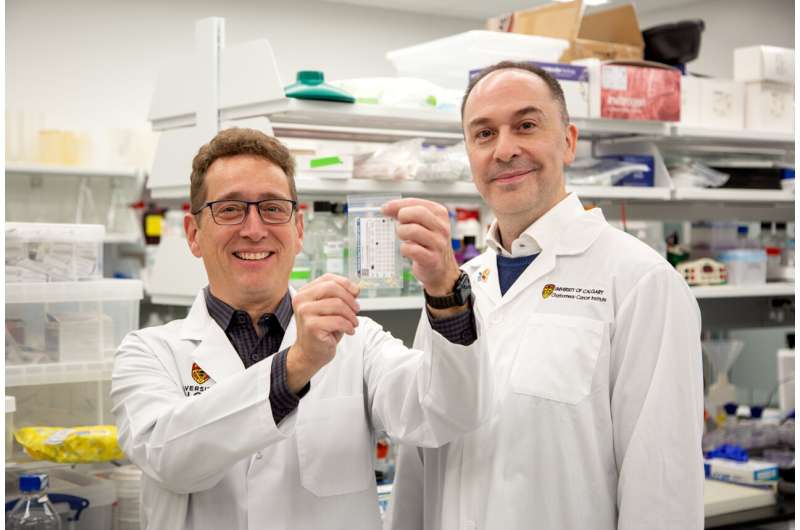“I never smoked, never. I ate nutritiously and stayed fit. I thought to myself, I can’t have lung cancer,” says Bossio. “It was super shocking. A cataclysmic moment. There are no words to describe it.”
Bossio had to give up her law practice to focus on treatment and healing. As part of that journey, she’s taken on a new role as an advocate to increase awareness about lung cancer. She still has no idea what caused her lung cancer. Trying to answer that question is how Bossio became interested in the research Dr. Aaron Goodarzi, Ph.D., is doing at the University of Calgary.
Goodarzi leads an interdisciplinary team looking at environmental causes of lung cancer, like radon. The naturally occurring, odorless, colorless but radioactive gas is the second leading cause of lung cancer after tobacco smoking. Despite that, rules governing lung cancer screening programs can’t yet include radon exposure as one of the risk criteria. The reason is that few people can reliably report their radon exposure across decades like they can report the number of years they’ve smoked tobacco.

